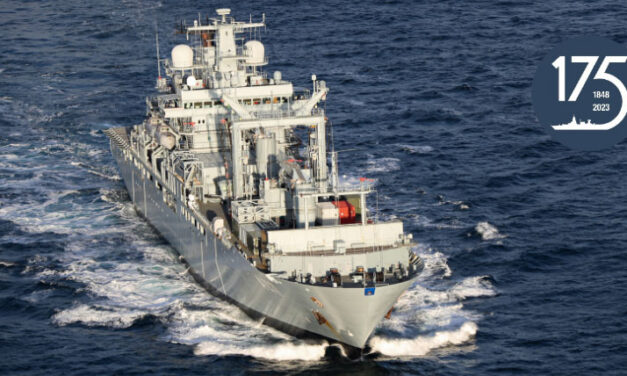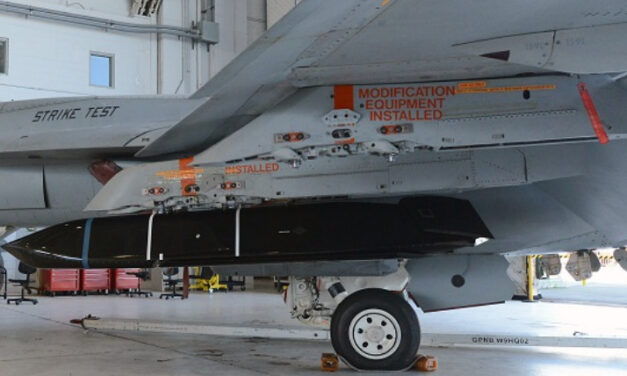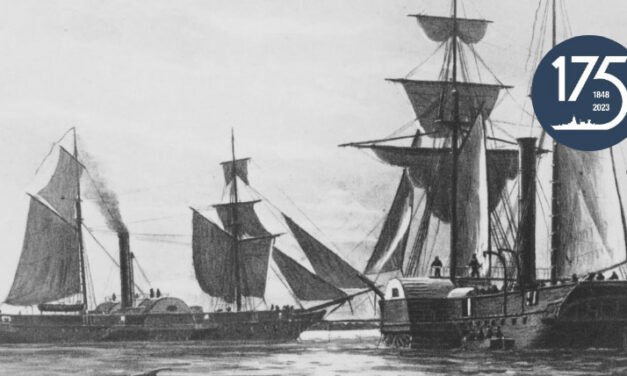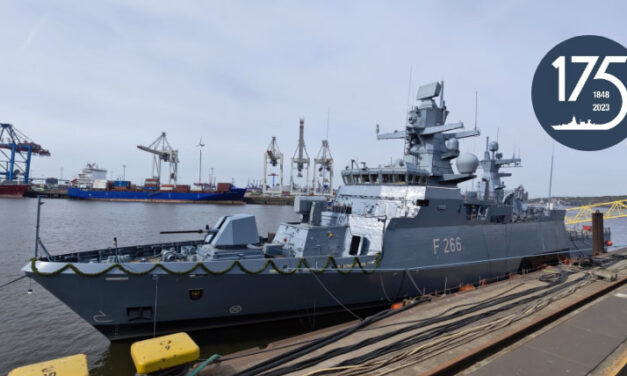Integrated Marine Rescue Centre for the EGV BERLIN
The BERLIN task force provider (EGV) will be equipped with an integrated Marine Rescue Centre (i-Merz). The day after the budget committee gave its approval at the end of March, the Vice President of the Federal Office of Bundeswehr Equipment, Information Technology and In-Service Support (BAAINBw), Annette Lehnigk-Emden, and the Managing Director of German Naval Yards Kiel, Rino Brugge, signed the contract for the construction and integration of the i-Merz. According to the Ministry of Defence, the contract is worth around 42 million euros. Construction of the i-Merz is to begin shortly and integration is to be completed by mid-2024. The i-Merz is an emergency medical facility...
Weiterlesen






Recent Comments